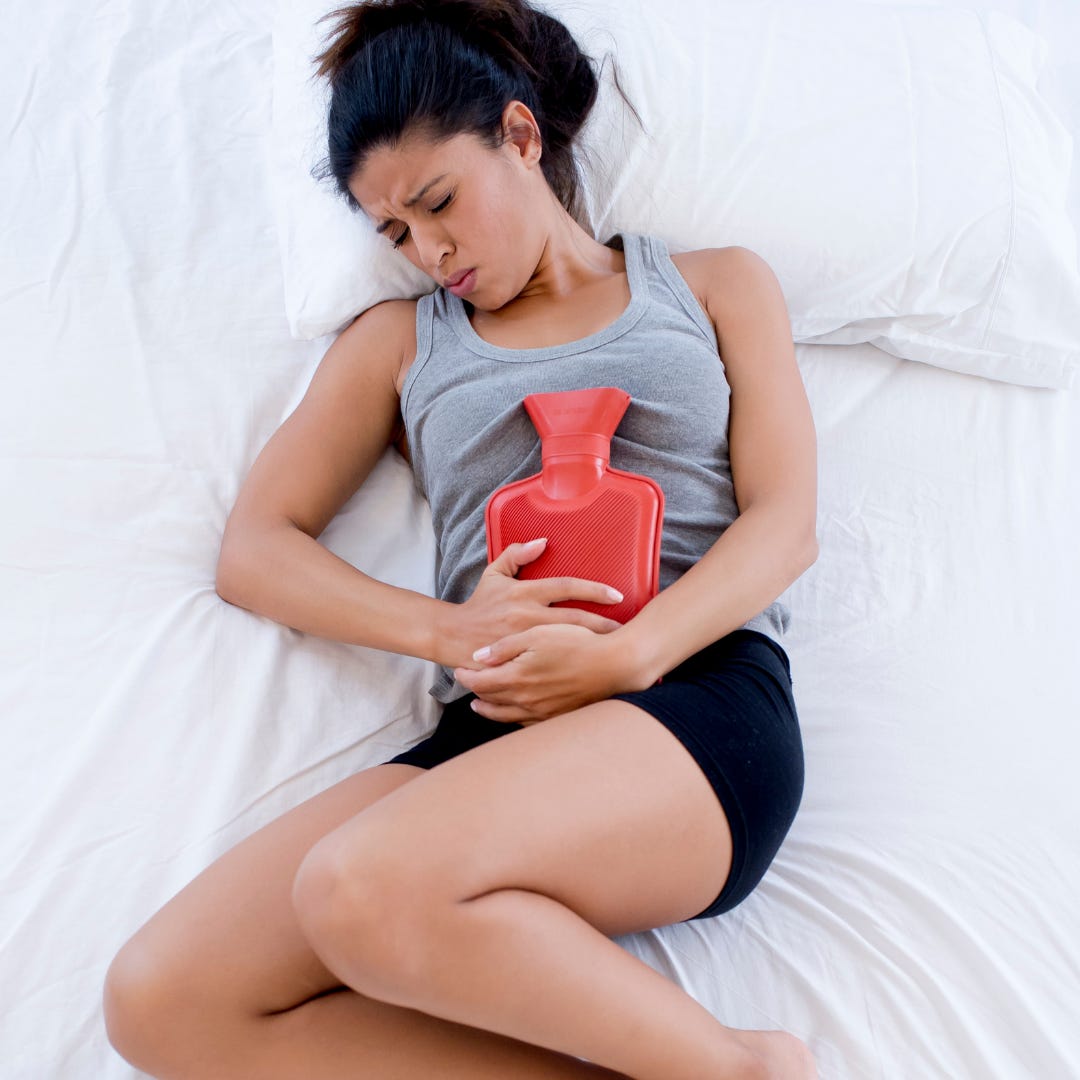
Food that causes Painful Periods
Some amount of menstrual pain is common. But some women go through hell and back every month. Every 1 out of 10 women has severe period pain (dysmenorrhea) at least one day of every month.
What menstrual cramps are, and why is it painful?
To begin with, the lining in the uterus of a woman thickens up every month. It is during this time that the uterus is getting ready to conceive for pregnancy. When the uterus doesn’t conceive, it sheds off its build-up lining. This process is called menstruation.
However, sometimes, the uterus lining called endometrium thickens up too much.
When this occurs, it produces mal-adjusted chemicals called prostaglandins which causes cramps.
This chemical can even cause severe cramps, which can become unbearable at times. Also, in some instances, the prostaglandin gets into the bloodstream and makes the woman feel sick.
The fundamental answer to the thickening of the uterus line is estrogen. When a women's bloodstream has a lot of free-floating estrogens, it causes the lining to get too thick. As a result, it causes heavier flow, more pain, more cramps more menstrual symptoms in general.
Despite the advancement of science and technology, severe period pain or dysmenorrhea treatments are not very good. It mainly involves ibuprofen and specific painkillers!
Surprisingly, when it comes to period pain, food plays a significant role in the change. It has been life-changing for many women.
Why does a change of diet works?
Our body has a way to remove excess estrogen from the body, and the liver does it.
The liver removes the excess estrogen from the body and sends that through the bile duct to the intestinal tract. Here, fiber plays a huge role and carries excess hormones out of the body through feces. This is the reason why fiber intake in our diet is essential. If not enough fiber is present in the intestinal track, estrogen is simply circled back to the body.
A fiber-rich diet will help manage painful periods. Animal-based foods such as dairy and meat contain no fiber. Thus, the body has no way to flush out excess estrogen.
Simply adding more fiber to the diet through fruits, vegetables, pulses, and grains will do the trick.
For the next one month, aim for:
-
Three servings of fruits per day.
-
Fiver servings of vegetables per day.
-
Three servings of pulses per day.
-
Two servings of grains per day.
Also keep estrogen disrupting foods such as eggs, meat, and dairy out of your plate as much as possible.
What does science say?
The Department of Obstetrics at Georgetown University researched a large group of women who had moderate to severe menstrual pain.
-
Half of them were asked to start a healthy plant-centric diet (with no animal product and minimized oil consumption).
-
The other half started consuming a placebo pill (which usually doesn’t do anything but was given for the comparison).
After two menstrual cycles, everybody switched, where the dieters started the supplement, and the supplement group started the diet.
The study showed astonishing results! It was found that the severity of the pain disappeared over time in the group that made the nutritional changes. PMS symptoms like bloating, water retention, mood swings are also reduced greatly. The report was published in the article obstetrics and gynecology.
Trust this helps!
Let's Just Talk. No Obligations.
I do free consultations every Tuesday's and Thursday's. Either way you will get some actionable tips to reach your fitness goals faster.



Leave a comment